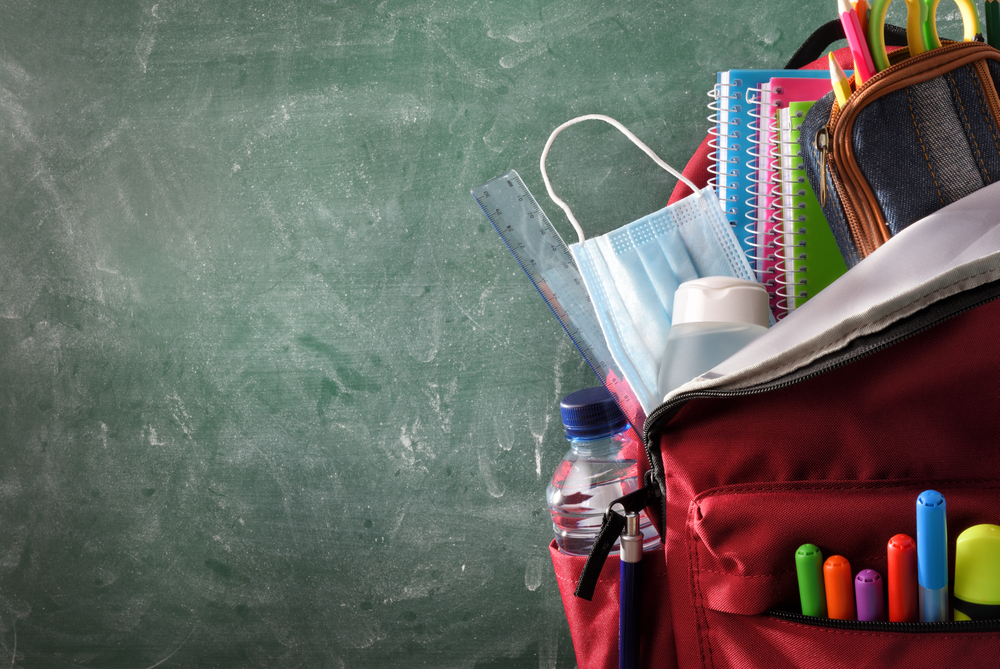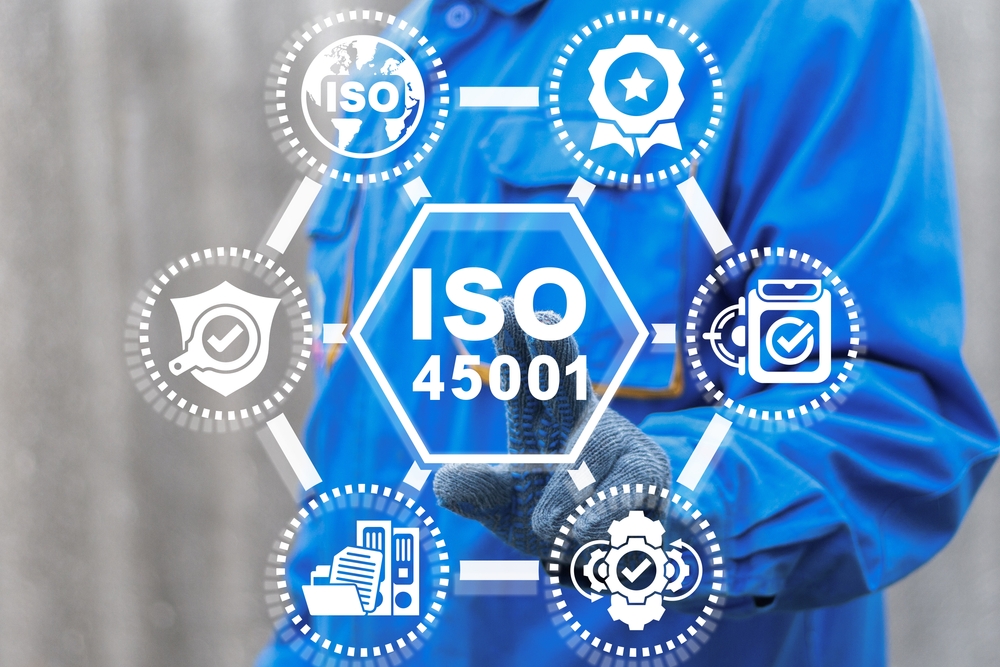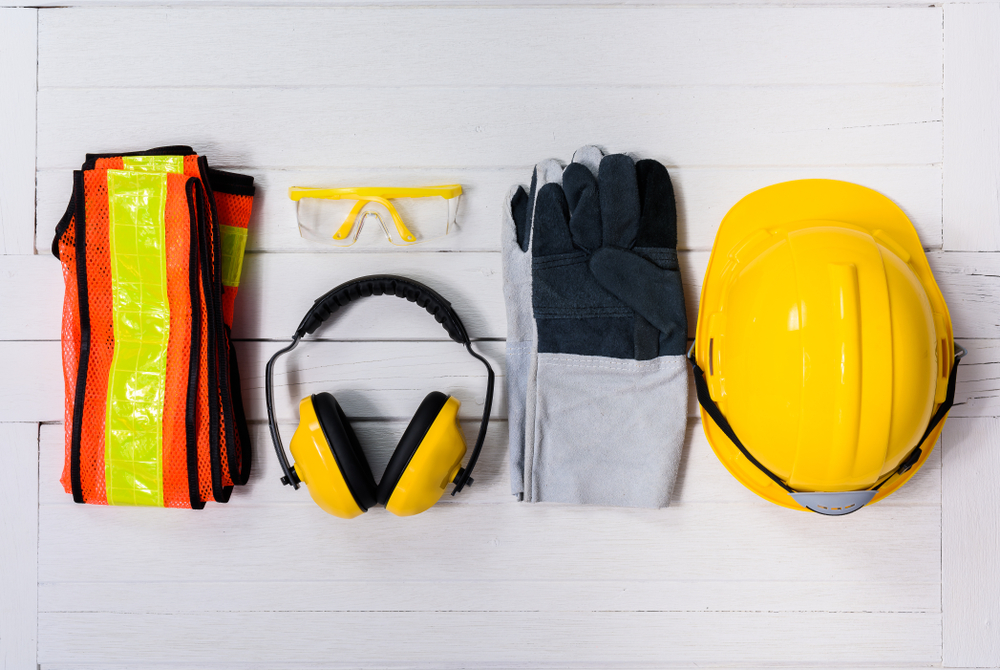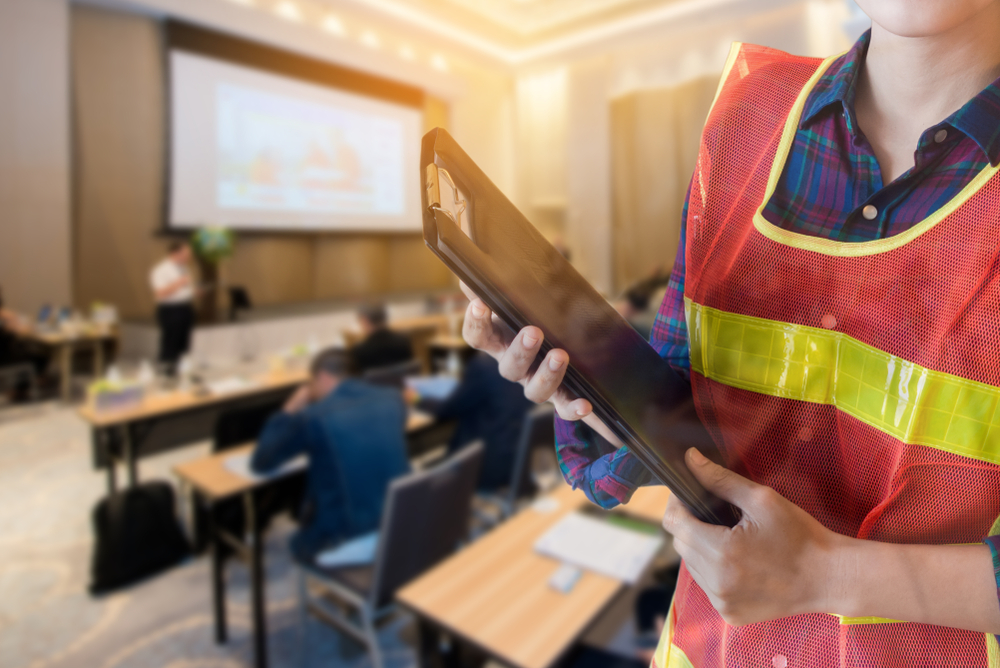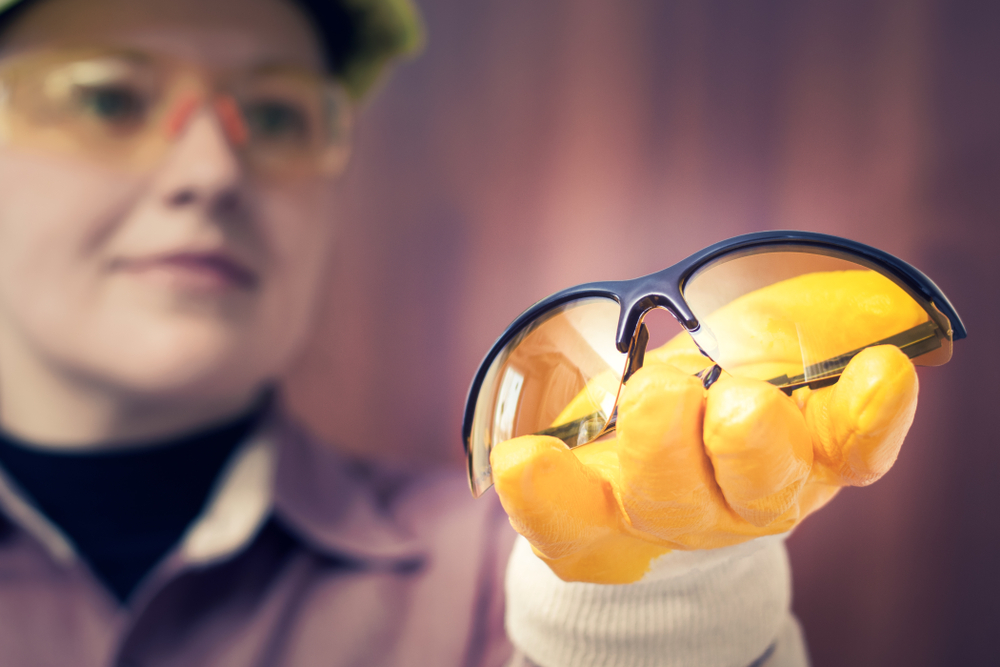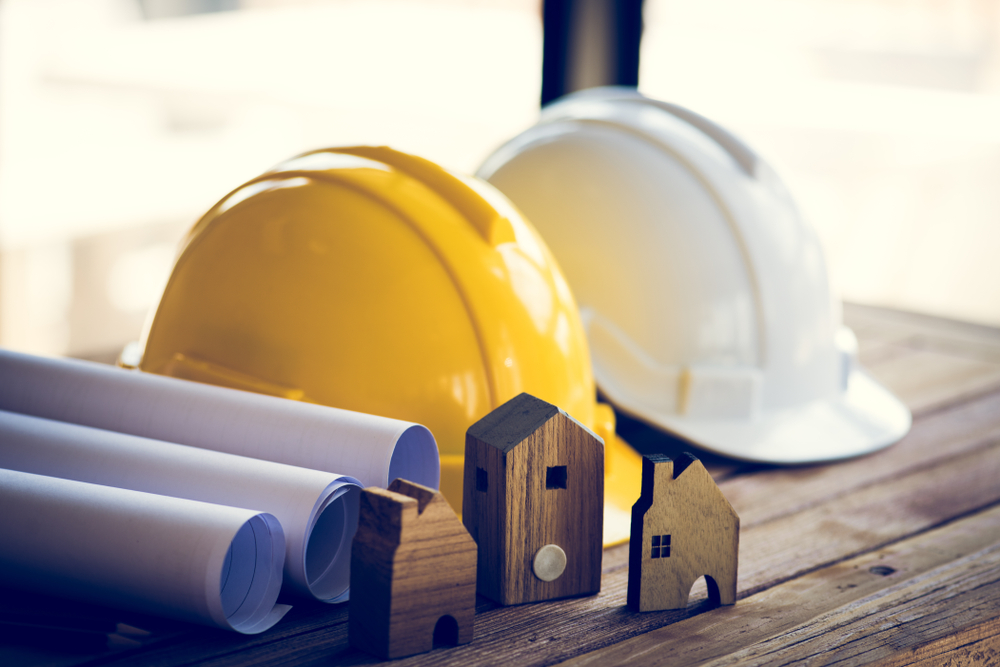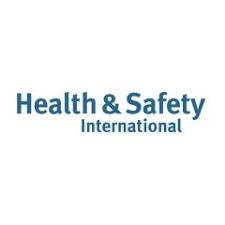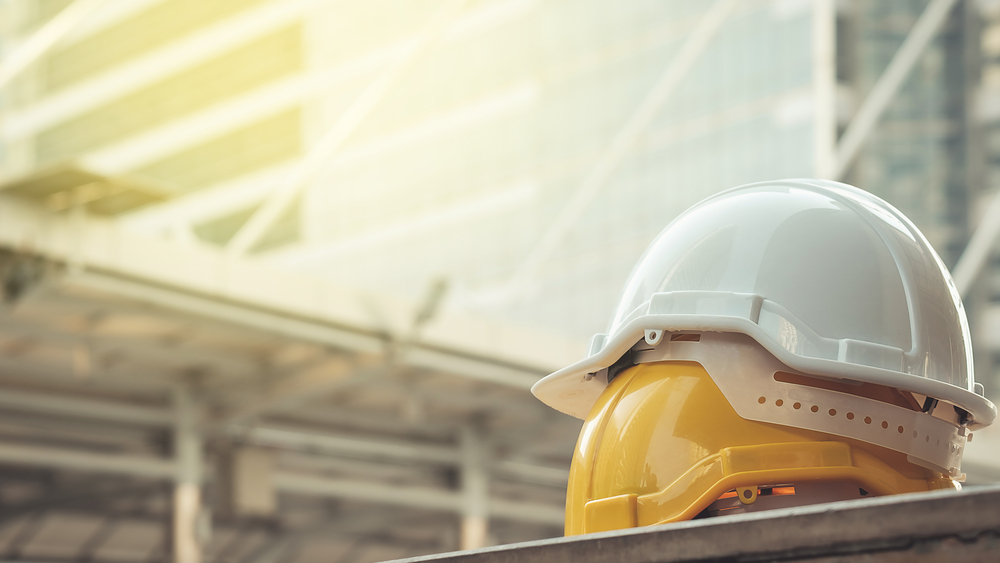News Post
Health and Safety in Schools Checklist
Health and safety should be a top priority in any workplace, but especially in schools. Not only are you responsible for your staff’s safety, but you need to maintain the welfare of your pupils too. To do so, you must uphold your legal compliance and follow the requirements outlined in The Health and Safety at Work Act 1974.
But, with health and safety management, it can be difficult to know where to start - especially when it comes to protecting your pupils. Thankfully, at SMS Europe, we’ve created a health and safety in schools checklist - which you can use to identify hazards in your own education premises.
Read on to find out what poses a risk, and what questions to ask yourself when identifying hazards in your school.
What to have on your health and safety in schools checklist
There are nine main sections that should be on your school’s health and safety checklist. Each one plays a vital role in ensuring your pupils are protected. Let’s take a look at them in further detail.
Classroom movement
This section encompasses any objects, equipment or activities that block free movement in a classroom. For example, you might have poor internal flooring, or just general changes in floor level. To identify movement hazards, ask:
- Are gangways between desks clear?
- Are there any trailing electrical wires?
- Are there safety procedures for when spillages happen, such as water?
- Do you have enough lighting to allow people to identify a safe exit?
Classroom furniture and fixtures
Classroom furniture includes anything from a trolley that pushes a TV unit, to a hot radiator. Ask the following questions when assessing the risk of these fixtures:
- Are permanent fixtures in good condition and securely fastened, such as display units or shelves?
- Is furniture, such as a computer chair or desk, in good repair and suited for a child or adult?
- Are there measures in place to secure portable equipment, such as a trolley?
- Are hot surfaces, such as radiators, protected or signed off to indicate the risk of burns?
- Are window restrictors in good working order, to ensure falls are avoided?
Classroom equipment
The focus in this section is on the way staff and pupils use the equipment you have provided them with. This includes Display Screen Equipment (DSE). For example, ask the following questions about classroom furniture to identify areas of risk:
- Have you conducted a work station assessment for staff using computers?
- Are pupils aware of the best practice when using computers, such as a straight posture and using an arm rest?
Electrical devices
Electrical devices refers to any live electrical wires and plugs that could cause harm if not monitored properly. To assess this risk, ask:
- Are all electrical plug sockets in good repair?
- Have all portable electrical devices been checked visually and tested to ensure they’re in good condition?
Fire safety
All schools have a responsibility to manage fire safety, and highlight means of protection and escape should one occur. You should question:
- If fire exits are unobstructed, unlocked, and easy to open
- If there is fire fighting equipment in place
- If fire evacuation procedures are displayed and have previously been explained
- If teachers are aware of the actions they must take in the event of a drill, and what to advise children
Asbestos
Asbestos is apparent in many old buildings. As a result, schools are at a higher risk of being exposed to it. It was a material used in construction in the twentieth century, but has since been found to be dangerous when inhaling its fibres, as it can cause serious illness. To assess the risk asbestos poses in your school, ask:
- Has the location and details of the asbestos been provided to you?
- Have you been provided with guidance on securing asbestos and ensuring staff and pupils are protected from its risk?
Ventilation
Ventilation in a classroom is important because it helps to rid a building of indoor pollutants and mitigates dampness occurring from moisture in the air. Ensure you ask yourself:
- Does the room have natural ventilation?
- Is there a reasonable, consistent room temperature that you can maintain?
- Can you protect pupils and staff from glares of the sun through windows?
Working at a height
This section involves any activities that pupils or staff might perform at a height. For example, reaching to close windows. To assess the risk, ask the following questions:
- Is there a window-opener for high level windows?
- Do you have a step ladder or footstool?
Manual handling
Manual handling refers to any process or activity that requires an individual to lift a heavy object. To avoid damage occurring to themselves, the school must provide equipment that avoids performing activities like this. Assess the risk by asking:
- If a trolley has been provided to move heavy objects, and if there are enough of them in a school
Why is health and safety in schools important?
Health and safety in schools is important for several reasons. Most notably, monitoring and upholding it will help keep your pupils safe. This is especially the case for young people, who lack the level of safety awareness adults have. Ultimately, this makes them particularly vulnerable to hazards and other risks of harm. Not only will they struggle to identify a hazard, but they likely won’t know the level of harm it poses.
It is also your legal duty to ensure students are kept safe from harm whilst on school grounds. Your legal requirements are outlined in The Health and Safety at Work Act 1974.
What is The Health and Safety at Work Act 1974 in schools?
The Health and Safety at Work Act 1974 is a piece of general legislation that requires employers to protect their staff in the workplace, but it also applies to those working in education.
The Act requires schools to keep their pupils and staff safe at all times. But should be followed alongside The Equality Act 2010, to ensure the rights of minority groups are maintained.
Who is responsible for health and safety in schools?
According to the UK’s health and safety governing body, The Health and Safety Executive (HSE), the overall responsibility for health and safety in schools lies with the employer of the school.
However, during day-to-day duties, it is up to the Headteacher and the school management team to ensure safety is upheld and enforced. To do so, the employer must educate staff on the best safety practices, as well as how to identify hazards and risks. For example, you could provide staff with IOSHH training.
How is health and safety monitored and maintained in schools?
Health and safety is monitored and maintained in schools in a number of ways. For example, the law requires schools to:
- Appoint a competent person: This is someone with the skills, training, knowledge, and qualifications to be able to manage health and safety at school. This can be anyone who works at the school, as long as they have the aforementioned qualities.
- Create and display a health and safety policy: This is a document that outlines the school’s commitment to safety, who is responsible for it, and how they plan to manage it.
- Conduct regular risk assessments: Risk management will help the school identify what activities, equipment, and objects pose a risk of harm, and how they can remove, reduce, or control them to ensure this risk is mitigated.
If you’re looking to outsource your health and safety management, reach out to SMS’s experts
Health and safety management can feel like a chore, but it doesn’t have to be. When you outsource health and safety to us, we can identify ways to improve within every service you deliver.
We’ll even set out an actionable approach to help you stay committed to your compliance. If you would like further information on Health and Safety management in schools and your responsibilities under Health and Safety law, please get in touch. One of our qualified and registered Health and Safety Consultants will be happy to help.
CALL US ON: 0845 224 0028 EMAIL: office@smseurope.co.uk
Latest News
Health and Safety in Schools Checklist
Health and safety should be a top priority in any workplace, but especially in schools. Not only are you responsible for your staff’s safety, but you need to maintain the welfare of your pupils too. To do so, you must uphold your legal complian..
It can be difficult to decide your future path - a lot can ride on it, after all - but a career in health and safety could be the right choice for you. There are several types of careers in the health and safety industry that might be a good fit..
What is ISO 45001?
If you’re wondering what ISO 45001 is, then this is the guide for you. Replacing the old OHSAS 18001 standard, ISO 45001 is the new international standard for occupational health and safety management. In this guide, we'l..
Who Enforces Health and Safety?
The enforcement of health and safety is crucial to maintain healthy workplaces. The term health and safety itself covers the safety legislation and safety law that comes under the Health and Safety at Work Act 1974. In general, this means t..
Health and safety training is a requirement in the workplace, no matter which sector you work in. Our experts at SMS Europe have been providing an extensive range of specialist health and safety services for almost 20 years. To help make work en..
Health and safety in the workplace is all about controlling risks in a way that protects both your employees and your company. Strong leadership, including your employees, managers, suppliers, contractors, and consumers, is a characteristic of great ..
Health and safety in the workplace is immeasurably important. But, without the Health and Safety at Work Act of 1974, we might have never prized safety so highly. This piece of workplace legislation is highly significant and indeed has transform..
Fire Safety and Fire Risk Assessment at Leased Offices and Buildings Fire safety at leased single and multi- tenanted offices can be approached in a number of ways. Generally speaking, there are three types of premises, (single occupancy lea..
Safety Gloves
Please have a read at SMSE Managing Director Philip Marsden's article on Safety Gloves which is published in the February 2022 edition of Health and Safety International Magazine. https://www.hsimagazine.com/article/fits-like-a-glove/ We wo..
Current Health and Safety Industry Trends
New Guidance Released for Managing Home Workers As an employer, you have the same health and safety responsibilities for those who work from home as you do for all other employees who may work from the workplace. In most cases, the dange..
Who Is Responsible for the Health and Safety on a Building Site? Legally, the responsibility of health and safety within the business lies with the employer. It is up to them to make sure the environment meets the necessary health and safety requi..
No one wants to be injured whilst at work, and no one wants their staff to be injured, especially whilst on the job. That doesn’t mean that accidents don’t happen. In fact, each year an average of 22 manufacturing workers die in workplace..

